- About Azistasia
- What is Azistasia and why it is popular
- The history of Azistasia
- Planting Azistasia
- Choose the right location
- Prepare the soil
- Planting process
- Watering and maintenance
- Fertilization
- Pruning
- Pest and disease control
- Winter care
- Propagation
- Choosing the right location for planting Azistasia
- Sunlight
- Soil type
- Moisture
- Temperature
- Protection from wind
- Preparing the soil for Azistasia
- 1. Choose the right location:
- 2. Test the soil:
- 3. Improve soil drainage:
- 4. Adjust the pH level:
- 5. Remove weeds and debris:
- 6. Add fertilizer:
- Planting and caring tips for Azistasia
- Planting
- Caring
- Propagation
- Conclusion
- Caring for Azistasia
- Watering
- Light
- Fertilizing
- Pruning
- Propagation
- Pests and Diseases
- Summary
- Watering and fertilizing Azistasia
- Pruning and deadheading Azistasia
- 1. Pruning:
- 2. Deadheading:
- 3. Maintenance pruning:
- Q&A:
- What is Azistasia?
- How do I plant Azistasia?
- What are the ideal conditions for Azistasia?
- How often should I water Azistasia?
- Can I grow Azistasia indoors?
- Video:
Azistasia, also known as the “Queen of the Garden,” is a stunning plant that can bring vibrant beauty to any space. With its delicate petals in various shades of pink, purple, and white, Azistasia is a favorite among garden enthusiasts and flower lovers alike. But what makes this plant truly special is not just its beauty, but also its easy maintenance and versatile nature.
Planting and caring for Azistasia is a breeze, making it an ideal choice for both experienced gardeners and beginners alike. This resilient plant thrives in well-drained soil and prefers a sunny spot in the garden. It can also be grown in containers, making it a popular choice for balcony or patio gardens. Azistasia is a hardy plant that can withstand a wide range of temperatures and climates, making it suitable for both warm and cool regions.
When it comes to caring for Azistasia, regular watering is important, especially during dry spells. However, it is essential to avoid overwatering, as this can lead to root rot. Azistasia also benefits from regular fertilization to promote healthy growth and abundant blooms. Pruning is not typically necessary for Azistasia, but removing wilted flowers can encourage new blooms and keep the plant looking its best.
One of the standout features of Azistasia is its long blooming season, which typically spans from spring to fall. This means that you can enjoy its stunning flowers for the majority of the year, adding a splash of color and elegance to your garden or outdoor space.
Whether you are an avid gardener or simply looking to add some beauty to your outdoor space, Azistasia is a fantastic choice. With its easy care requirements and stunning blooms, this plant is sure to become the centerpiece of your garden and bring joy to all who see it.
About Azistasia
Azistasia is a beautiful plant known for its distinct foliage and vibrant colors. It belongs to the genus Azista, which is native to tropical regions of Asia. The plant is commonly grown as an ornamental plant due to its aesthetic appeal.
Azistasia is characterized by its large, heart-shaped leaves that come in a variety of colors, including shades of green, red, and purple. The leaves have a glossy texture and can grow up to 12 inches in length. The plant also produces small, delicate flowers that bloom in clusters.
This plant thrives in warm and humid environments, making it ideal for tropical and subtropical regions. It can be grown both indoors and outdoors, depending on the climate. Azistasia requires a well-draining soil and prefers bright, indirect sunlight.
When it comes to care, Azistasia is relatively low-maintenance. It requires regular watering to keep the soil moist but not overly saturated. Overwatering can lead to root rot, so it’s important to ensure proper drainage. Fertilizing the plant every few months can help promote healthy growth.
Propagating Azistasia can be done through stem cuttings or by dividing the plant. It is best to propagate during the active growing season to increase the chances of success. The new plants should be placed in a well-draining potting mix and kept in a warm, humid environment until they establish root systems.
One thing to note about Azistasia is that it can be toxic to pets and humans if ingested. It contains calcium oxalate crystals, which can cause irritation and swelling of the mouth and throat. It’s important to keep the plant out of reach of children and pets.
In conclusion, Azistasia is a stunning plant that adds beauty and color to any garden or indoor space. With its unique foliage and easy care requirements, it is a popular choice among plant enthusiasts. By providing the right conditions and following proper care guidelines, you can enjoy the beauty of Azistasia for years to come.
What is Azistasia and why it is popular
Azistasia, also known as Azalea and Rhododendron, is a popular flowering plant that belongs to the Ericaceae family. It is native to several regions, including Asia, Europe, and North America. This beautiful plant is known for its vibrant and colorful flowers, which come in a variety of shades, including pink, red, purple, and white.
Azistasia plants are popular among gardeners and horticulturists for several reasons:
- Beauty: The main reason for the popularity of Azistasia is its stunning flowers. They have a delicate and elegant appearance, making them perfect for adding a pop of color to any garden or indoor space.
- Variety: Azistasia plants come in a wide range of varieties, with different flower colors and growth habits. This allows gardeners to choose the perfect plant that suits their preferences and the desired aesthetic of their garden.
- Easy to grow: Azistasia plants are relatively easy to grow, making them suitable for both experienced gardeners and beginners. They can thrive in both indoor and outdoor environments, as long as they receive the right amount of sunlight and water.
- Long bloom time: Another reason why Azistasia is popular is its long bloom time. Depending on the variety, the flowers can last for several weeks or even months, ensuring a prolonged display of beauty in the garden.
- Attracts pollinators: The vibrant flowers of Azistasia attract pollinators such as bees, butterflies, and hummingbirds to the garden. This helps to support the local ecosystem and promotes pollination, which is essential for the reproduction of many plants.
Overall, Azistasia is a highly sought-after plant due to its stunning flowers, wide variety, ease of cultivation, long bloom time, and ability to attract pollinators. Whether planted in a garden or kept as a potted plant indoors, Azistasia is sure to bring beauty and joy to any space.
The history of Azistasia
Azistasia is a genus of flowering plants in the family Araceae. It is native to tropical and subtropical regions of Africa, Asia, and the Americas. The name “Azistasia” is derived from the Greek word “azis,” meaning “without a bill,” referring to the absence of a protruding bill-like structure found in some other plants of the family Araceae.
The genus Azistasia was first described by German botanist Heinrich Wilhelm Schott in 1856. Since then, several species have been discovered and classified under this genus. There are currently around 57 recognized species of Azistasia.
Azistasia plants are known for their attractive foliage and vibrant flowers. They have long been cultivated for ornamental purposes due to their unique beauty. In the wild, Azistasia plants can be found growing in diverse habitats, including rainforests, swamps, and wetlands.
One of the most well-known species of Azistasia is Azistasia amazonica, commonly known as the Amazon lily or zebra plant. This species is native to the Amazon rainforest in South America and is popular among plant enthusiasts for its striking white flowers with dark green stripes.
Another notable species is Azistasia aurea, also known as the golden Azistasia. It is native to wetlands and swamps in Southeast Asia. This species is highly regarded for its large leaves and bright yellow flowers.
Over the years, hybridization and cultivation techniques have led to the development of numerous Azistasia cultivars, each with its own unique characteristics. These cultivars have expanded the range of colors and patterns available, further enhancing the appeal of Azistasia plants in gardens and indoor spaces.
With their rich history and continued popularity, Azistasia plants are sure to remain a favorite among plant enthusiasts for years to come.
Planting Azistasia
Choose the right location
Azistasia plants thrive in well-draining soil and require at least 6 hours of direct sunlight daily. Therefore, it is important to choose a location that provides these conditions. Additionally, ensure that the area is protected from strong winds, as Azistasia plants can be sensitive to excessive airflow.
Prepare the soil
Before planting Azistasia, prepare the soil by removing any weeds or debris. Loosen the soil to a depth of at least 8 inches using a garden fork or tiller. Azistasia plants prefer slightly acidic soil with a pH level between 6.0 and 6.8. Consider testing the soil and adjusting the pH level accordingly using soil amendments if necessary.
Planting process
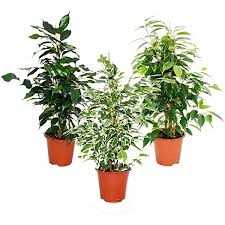
Follow these steps to plant Azistasia:
- Dig a hole that is slightly wider and deeper than the plant’s root ball.
- Gently remove the plant from its container, being careful not to damage the roots.
- Place the plant in the hole, ensuring that it sits at the same depth as it was in the container.
- Backfill the hole with soil, gently firming it around the plant to remove any air pockets.
- Water the plant thoroughly to help settle the soil and promote root growth.
Watering and maintenance
Azistasia plants prefer to be kept consistently moist but not overly soaked. Water the plant regularly, especially during dry spells or hot summer months. It is important to avoid overwatering, as this can lead to root rot. Apply a layer of mulch around the plant to help retain moisture and suppress weed growth.
Fertilization
Azistasia plants benefit from regular fertilization to encourage healthy growth. Apply a balanced slow-release fertilizer according to the manufacturer’s instructions. Avoid over-fertilizing, as this can cause excessive foliage growth at the expense of flowers.
Pruning
To maintain a neat and compact appearance, prune Azistasia plants regularly. Remove any dead or damaged foliage, as well as spent flowers, to promote new growth. Pruning can be done throughout the year, but it is best to avoid heavy pruning during the flowering season.
Pest and disease control
Azistasia plants are typically resistant to pests and diseases. However, they can occasionally be susceptible to aphids, mealybugs, or scale insects. Monitor the plant regularly for signs of infestation and treat with appropriate insecticides if necessary. Avoid overusing pesticides, as this can harm beneficial insects.
Winter care
Azistasia plants are not frost-tolerant and may require winter protection in colder climates. Before the first frost, cut back the foliage to about 2 inches above the ground. Apply a layer of mulch around the plant to protect the roots. In areas with extremely cold winters, consider digging up the plants and storing them indoors until the following spring.
Propagation
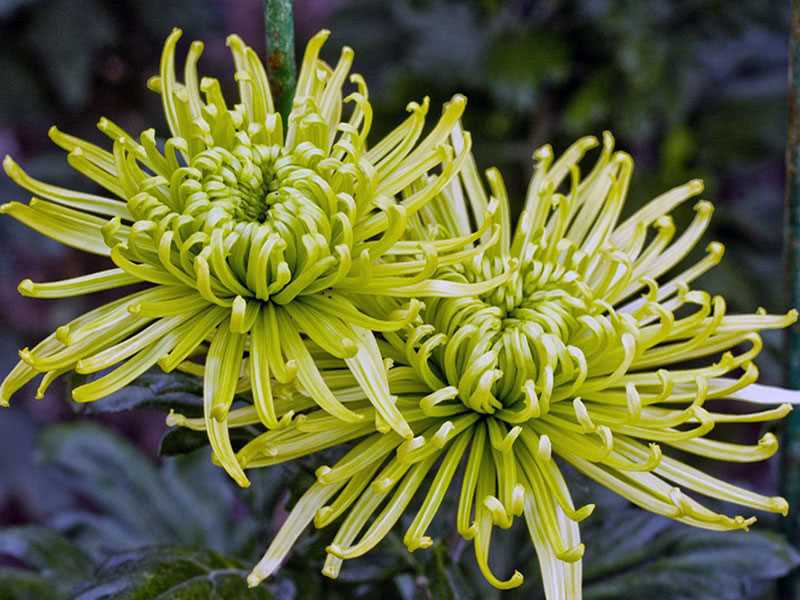
Azistasia plants can be propagated through division or stem cuttings.
- To propagate through division, carefully dig up the plant and separate the root ball into smaller sections, ensuring that each section has several stems and a healthy root system. Replant the divisions in prepared soil and water thoroughly.
- To propagate through stem cuttings, take 4-6 inch stem cuttings from a healthy plant. Remove the lower leaves and dip the cut end in rooting hormone. Plant the cuttings in a well-draining potting mix and keep them in a warm, humid environment until they take root.
Choosing the right location for planting Azistasia
When it comes to planting Azistasia, it is important to choose the right location in your garden. Here are some factors to consider:
Sunlight
Azistasia plants require full sun to partial shade for optimum growth. Choose a location that receives at least 6 hours of direct sunlight each day. Avoid areas that are heavily shaded or receive only dappled sunlight.
Soil type
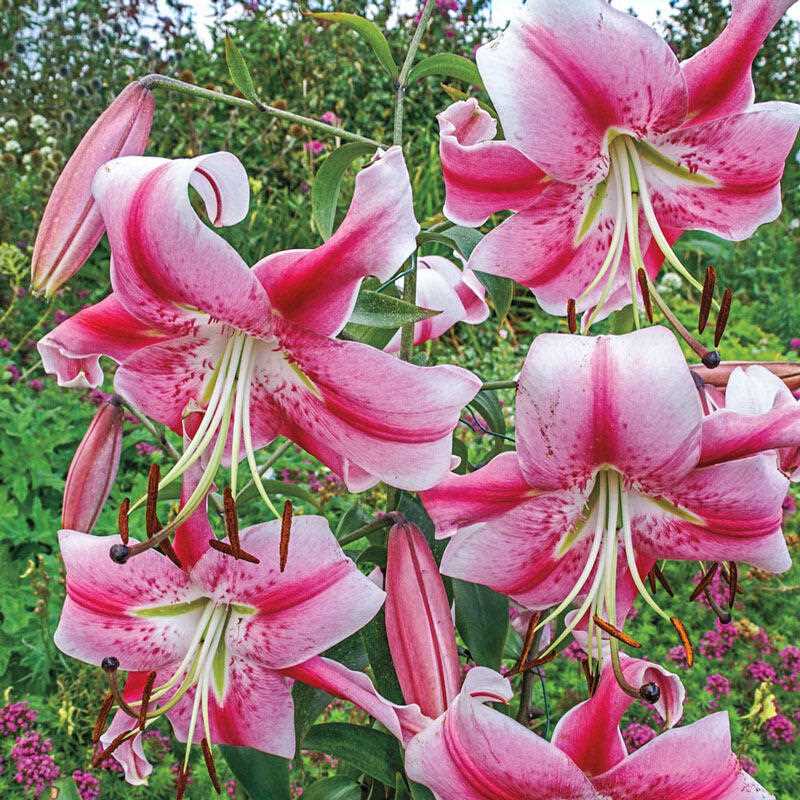
Azistasia prefer well-draining soil that is rich in organic matter. They can tolerate a range of soil types, including sandy, loamy, and clay soils. However, it is important to avoid waterlogged or compacted soil, as it can lead to root rot and poor growth. If your soil is heavy and clay-like, consider amending it with organic matter to improve drainage.
Moisture
Azistasia plants require regular watering to thrive. Choose a location that is easily accessible for watering, as plants need consistent moisture throughout the growing season. Avoid areas that are prone to waterlogging, as this can lead to root rot and other diseases.
Temperature
Azistasia plants are generally hardy and can tolerate a wide range of temperatures. However, they are best suited for USDA hardiness zones 9 to 11. If you live in a colder climate, consider planting Azistasia in a container that can be moved indoors during winter.
Protection from wind
Azistasia plants have delicate, fern-like foliage that can be easily damaged by strong winds. Choose a location that is sheltered from strong winds, such as near a fence or wall. If your garden is exposed to gusty winds, consider installing windbreaks or plant Azistasia in pots that can be moved to a more protected area.
By considering these factors, you can choose the ideal location for planting your Azistasia plants and ensure they have the best conditions for growth and blooming.
Preparing the soil for Azistasia
Azistasia is a stunning plant that can bring beauty and color to any garden. To ensure the healthy growth of Azistasia, it is important to properly prepare the soil before planting. Here are some steps to follow for preparing the soil:
1. Choose the right location:
Select a location in your garden that receives full sun or partial shade. Azistasia thrives in well-draining soil, so it is essential to choose an area that doesn’t get waterlogged.
2. Test the soil:
It is recommended to test the soil before planting Azistasia to determine its pH level and nutrient content. You can purchase a soil testing kit from a local garden center or send a sample to a soil testing lab. This will help you understand the specific fertilizer requirements of the soil.
3. Improve soil drainage:
If the soil in your chosen location has poor drainage, you can improve it by adding organic matter such as compost or well-rotted manure. This will help to create a looser, more porous soil structure that allows excess water to drain away easily.
4. Adjust the pH level:
Azistasia prefers slightly acidic to neutral soil with a pH level between 5.5 and 7.0. If the pH level of your soil is outside this range, you can adjust it by adding amendments. For example, if the soil is too alkaline, you can add sulfur or peat moss to lower the pH.
5. Remove weeds and debris:
Before planting Azistasia, it is important to clear the area of any weeds, rocks, or other debris. This will help prevent competition for nutrients and ensure that the plant has enough space to grow.
6. Add fertilizer:
Based on the results of your soil test, you can add the appropriate fertilizer to provide the necessary nutrients for Azistasia. Choose a balanced fertilizer that contains nitrogen, phosphorus, and potassium in equal proportions.
Following these steps will help create an optimal growing environment for Azistasia in your garden. With proper soil preparation, you can ensure that your plant thrives and produces beautiful blooms for years to come.
Planting and caring tips for Azistasia
Planting
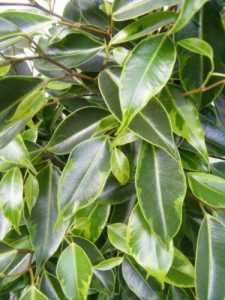
Azistasia is a beautiful plant that can be easily grown in your garden or as a houseplant. Here are some planting tips to help you get started:
- Choose a location that receives partial shade to protect the plant from direct sunlight.
- Prepare the soil by adding organic matter, such as compost or peat moss, to improve drainage and provide nutrients.
- Dig a hole that is slightly larger than the root ball of the plant.
- Place the plant in the hole, ensuring that the top of the root ball is level with the ground.
- Backfill the hole with soil and gently firm it around the plant.
- Water the plant thoroughly after planting to settle the soil.
Caring
To ensure the health and beauty of your Azistasia plant, follow these care instructions:
- Water the plant regularly, keeping the soil moist but not waterlogged. Azistasia prefers slightly moist conditions.
- Fertilize the plant once a month during the growing season with a balanced, water-soluble fertilizer.
- Prune the plant to maintain its shape and remove any dead or damaged leaves or stems.
- Protect the plant from extreme temperatures and frost by bringing it indoors or covering it with a protective layer during cold weather.
- Monitor the plant for pests, such as aphids or spider mites, and treat them promptly with insecticidal soap or neem oil if necessary.
- Divide the plant every few years to prevent overcrowding and promote better growth.
Propagation
Azistasia can be easily propagated through division. Here’s how:
- Choose a mature plant with multiple stems.
- In early spring, carefully dig up the plant and separate the clumps into smaller sections, ensuring that each section has roots attached.
- Plant the divisions in separate pots or in the garden, following the planting instructions mentioned earlier.
- Provide proper care, including regular watering and fertilization, to help the divisions establish and grow.
Conclusion
By following these planting and caring tips, you can enjoy the beauty of Azistasia in your garden or as a houseplant. Remember to provide the plant with the appropriate growing conditions and regular care to keep it healthy and thriving.
Caring for Azistasia
Watering
Azistasia plants require regular watering to keep the soil moist but not waterlogged. It is important to water the plant thoroughly, allowing water to reach the roots. However, it is equally important to avoid overwatering, as this can lead to root rot. The frequency of watering will depend on the climate and the moisture levels in your area, but a general guideline is to water the plant once every week.
Light
Azistasia plants prefer bright, indirect light. They thrive in areas with partial shade or filtered sunlight. Direct sunlight can scorch the leaves, so it is best to place the plant in a location where it receives gentle, indirect light for most of the day. If you notice that the leaves start to lose their vibrant colors or become pale, it may be an indication that the plant is not receiving enough light.
Fertilizing
Azistasia plants benefit from regular fertilization to promote healthy growth and vibrant foliage. You can use a balanced liquid fertilizer or a slow-release granular fertilizer formulated for flowering houseplants. Follow the instructions on the fertilizer packaging for the correct dosage and frequency. Fertilize the plant during the spring and summer months, reducing or stopping fertilization during the winter months when growth slows down.
Pruning
Pruning is not typically necessary for Azistasia plants, but you may need to remove any dead or yellowing leaves to maintain the plant’s appearance. Use clean, sharp pruning shears or scissors to make a clean cut near the base of the leaf stem. Do not remove more than one-third of the plant’s foliage at a time, as this can stress the plant.
Propagation
Azistasia plants can be propagated through division. To propagate, carefully remove the plant from its pot and gently separate the root ball into smaller sections, making sure each section has at least one healthy stem and root system. Plant the divided sections in separate pots filled with well-draining potting mix and water thoroughly. Place the new plants in a bright, indirect light and maintain regular watering until they establish roots.
Pests and Diseases
Azistasia plants are generally resistant to pests and diseases, but they can occasionally be affected by aphids, spider mites, or mealybugs. Regularly inspect the plant for any signs of pests, such as discolored leaves, webbing, or sticky residue. If you notice pests, treat the plant with an insecticidal soap or horticultural oil, following the instructions on the product label. Additionally, avoid overwatering the plant, as this can create a humid environment that may attract pests or lead to fungal diseases.
Summary
Caring for Azistasia plants involves regular watering, providing bright indirect light, fertilizing during the growing seasons, occasional pruning, and monitoring for pests and diseases. With proper care, your Azistasia will thrive and reward you with its stunning foliage for many years to come.
Watering and fertilizing Azistasia
Azistasia plants require regular watering to thrive and stay healthy. Here are some important tips to keep in mind when watering your Azistasia:
- Watering frequency: Azistasia plants prefer to be consistently moist, so it’s important to water them regularly. Check the moisture level of the soil daily and water whenever the top inch feels dry.
- Watering method: Ensure that you water the soil directly, avoiding the leaves and flowers of the Azistasia. This helps prevent the risk of fungal diseases and promotes healthier growth.
- Watering amount: Water the Azistasia until the soil is evenly damp, but avoid overwatering as it can lead to root rot. Make sure to provide good drainage to prevent waterlogging.
Fertilizing Azistasia is also essential for promoting healthy growth and vibrant blooms. Here are some guidelines for fertilizing your Azistasia:
- Fertilizer type: Use a balanced liquid fertilizer specifically formulated for flowering plants. This kind of fertilizer will provide the necessary nutrients for optimal growth.
- Fertilizing frequency: Fertilize your Azistasia every two weeks during the growing season, which is typically spring and summer. Reduce or stop fertilization during the dormant period in fall and winter.
- Fertilizer application: Dilute the fertilizer according to the instructions on the label and apply it to the soil around the base of the plant. Avoid direct contact with the leaves or flowers.
By following these watering and fertilizing guidelines, you can ensure that your Azistasia plant remains healthy and continues to produce beautiful blooms.
Pruning and deadheading Azistasia
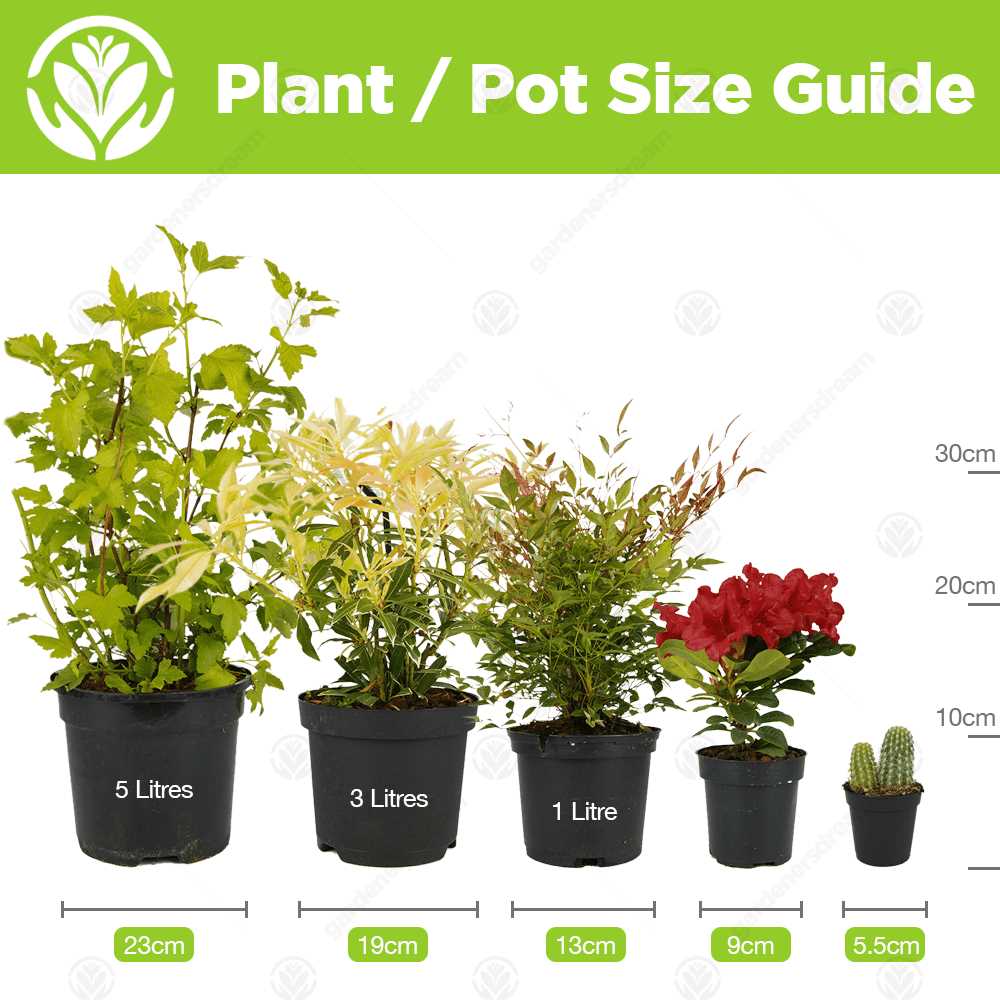
Pruning and deadheading are important tasks in caring for azaleas, as they help promote healthy growth and ensure a beautiful display of flowers. Here are some tips on how to prune and deadhead your azaleas:
1. Pruning:
- Pruning azaleas should be done immediately after the flowering stage, usually in late spring or early summer.
- Start by removing any dead, damaged, or diseased branches. This will help improve the overall health of the plant.
- Next, thin out crowded branches to improve air circulation and light penetration within the plant.
- Clip back any branches that are growing out of shape or obstructing walkways or windows.
- Use clean, sharp pruning shears to make clean cuts and avoid damaging the plant.
2. Deadheading:
- Deadheading is the process of removing spent flowers from the plant.
- Removing faded flowers not only keeps the plant looking neat and tidy, but it also encourages the production of new blooms.
- When deadheading azaleas, make sure to remove the entire flower cluster, as leaving behind any part can hinder new growth.
- Deadhead regularly throughout the blooming season to prolong flowering and encourage continuous blooming.
3. Maintenance pruning:
In addition to regular pruning and deadheading, azaleas may require some maintenance pruning to keep their shape and size in check.
- Maintenance pruning should be done in late winter or early spring before new growth begins.
- Remove any long or wayward branches to maintain a compact and well-rounded shape.
- Trim back any branches that are crossing or rubbing against each other.
- Avoid heavy pruning, as azaleas do not respond well to severe pruning and may take time to recover.
By following these pruning and deadheading tips, you can ensure that your azaleas stay healthy and produce an abundance of beautiful flowers year after year.
Q&A:
What is Azistasia?
Azistasia is a beautiful plant species that belongs to the family Araceae. It is known for its vibrant and colorful foliage, which adds a touch of elegance to any garden or indoor space.
How do I plant Azistasia?
Planting Azistasia requires a well-drained soil and a partially shady location. First, choose a container or a garden bed with good drainage. Then, fill it with a suitable potting mix or soil, and gently place the Azistasia plant in the center. Water it thoroughly and keep the soil consistently moist.
What are the ideal conditions for Azistasia?
Azistasia thrives in humid and warm environments. It prefers partially shaded areas with indirect sunlight. The ideal temperature range for Azistasia is between 65 to 85 degrees Fahrenheit. It also requires well-drained soil and regular watering.
How often should I water Azistasia?
Azistasia requires regular watering to keep the soil moist, but not waterlogged. Water the plant whenever the top inch of the soil feels dry to the touch. Avoid overwatering as it may cause root rot. It is essential to maintain a balance and not let the soil dry out completely.
Can I grow Azistasia indoors?
Yes, Azistasia can be grown indoors as long as it receives enough indirect sunlight and is kept in a humid environment. Place the plant in a well-lit room with a temperature range of 65 to 85 degrees Fahrenheit. Regularly mist the plant to increase humidity levels and keep the soil moist.
Video:
Miraculously, only 1 fruit makes the whole orchid garden explode







